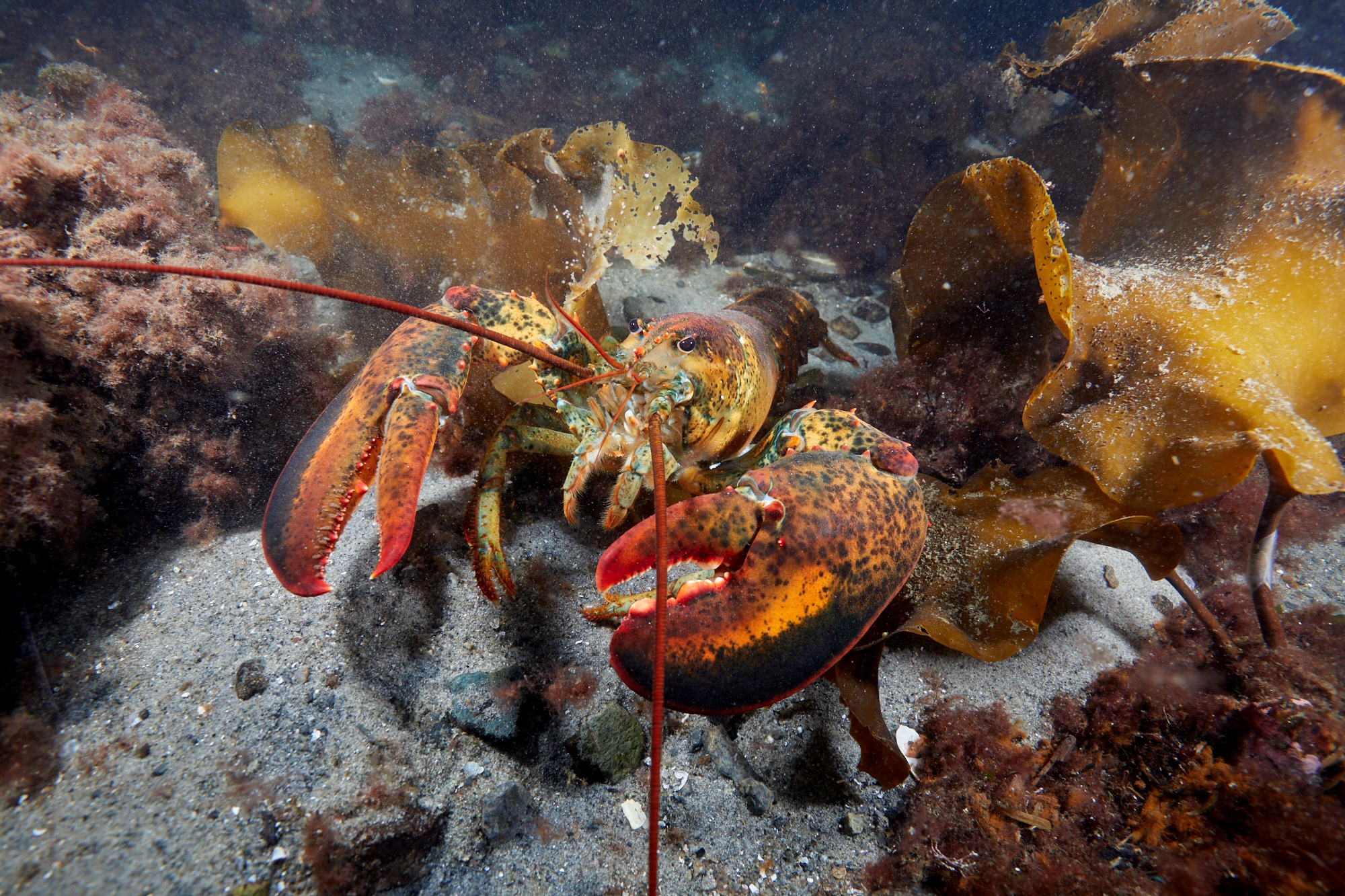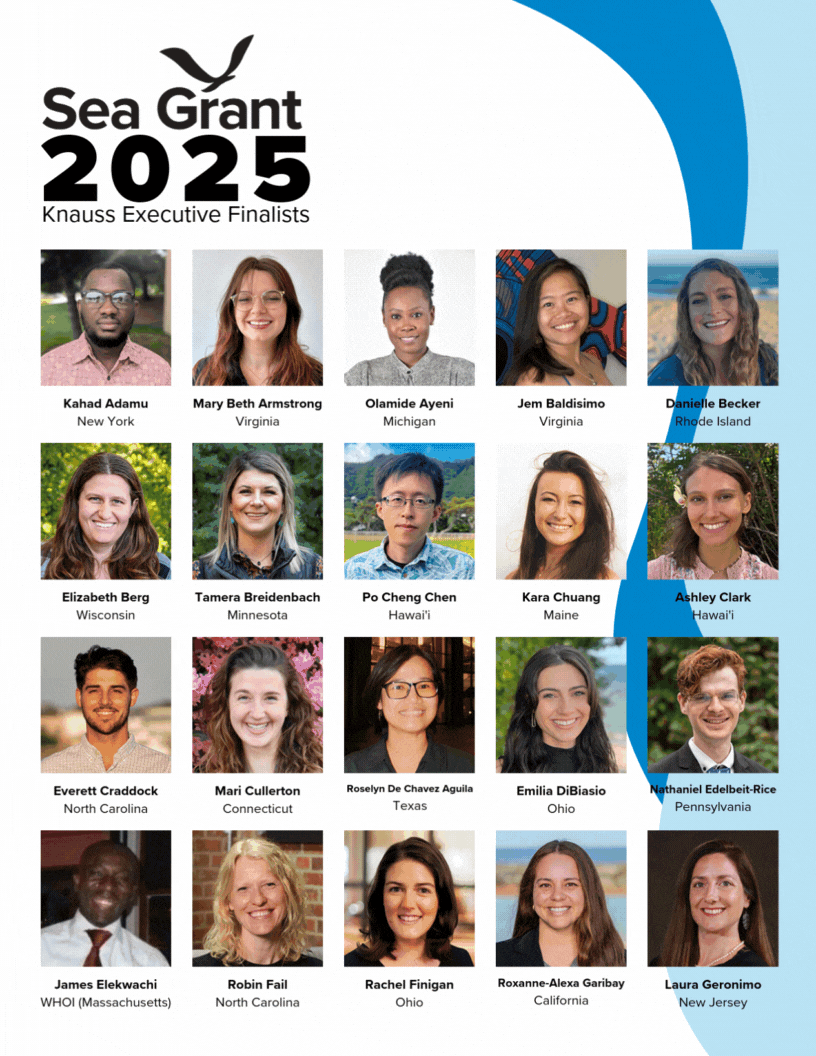Experts at New York Sea Grant study extreme weather events.
By Paul C. Focazio, New York Sea Grant
Late October 2014 marked the two-year anniversary of Superstorm Sandy’s landfall in the Metro NY region. Since then, there have been many positions taken by researchers and decision-makers alike on which management response route New York should take – whether to restore communities back to their pre-storm state, make them more resilient against future severe storms or reconfigure what, how and when to rebuild.
“I cannot tell you when the next big one will be, but it will come,” says New York Sea Grant (NYSG)-funded Stony Brook University (SBU) storm surge expert Dr. Malcolm Bowman. “It’s inevitable in the long term. And the sooner we come to that realization, the better.”
For over a decade, NYSG has funded studies of Bowman’s as well as other investigators in the Stony Brook Storm Surge Research Group, for which he is the lead.
“Sandy is a wake-up call to all of us in this city and on Long Island,” Bowman, told NBC News reporter Richard Engel, who surveyed the damage from a police helicopter on Thursday, November 1, 2012, just a few short days after Sandy hit the metro NY area. “That means designing and building storm surge barriers like many cities in Europe already have.”
Aside from the debates over the effectiveness of constructing storm surge barriers or shoring up wetland areas so they could better absorb storm impact there’s a concern over the accuracy of predicting storms like Sandy as they approach. “All storm surge models failed leading up to the storm, which we are only just beginning to understand,” Brian Colle, one of said Bowman’s research colleagues at SBU’s School of Marine and Atmospheric Sciences (SoMAS).
“As a researcher, Sandy was very difficult for me,” he continues. “For years, my colleagues and I were urging that a big storm like this could come, it was just a matter of time. Among other things, we translated the science by writing papers and taking part in stories for Sea Grant newsletters, but struggled to be heard at the local, state and NYC levels.”
“Even today decisions are being made about resilience without merging the latest science with the policy and decision makers. So, on a communication level, we have a huge gap right now between science and policy, partly because the time scales are different (next election cycle vs. the next storm in 10-20+ years).”
In order to bridge some of those gaps, Colle says SBU SoMAS and the National Weather Service hosted a late-November 2014 workshop at Stony Brook University. At the forum, he and other experts discussed some of the latest approaches, issues, and potential solutions between communication and the decision process as they relate to extreme weather events. Also, there was an unveiling of “Reality Deck,” billed as “the next generation visualization system to immerse both the forecaster and decision maker.”
“To me it is really a process or series of steps to prepare for severe weather events,” says Colle. “It’s not one thing, and of course we need to be reminded each year – not only how to prepare, but also what is latest state of the science of the risk so we can prepare better.”
For more, see NYSG’s full feature story, Sandy: Science Behind the Superstorm, Two Years Later in which both Bowman and Colle are profiled. Also, through funds from our parent federal organization, National Oceanic and Atmospheric Administration (NOAA), NYSG partnered with Sea Grant programs in Connecticut and New Jersey to fund the Coastal Storm Awareness Program (CSAP), a $1.4M multi-year suite including 10 social science studies.


